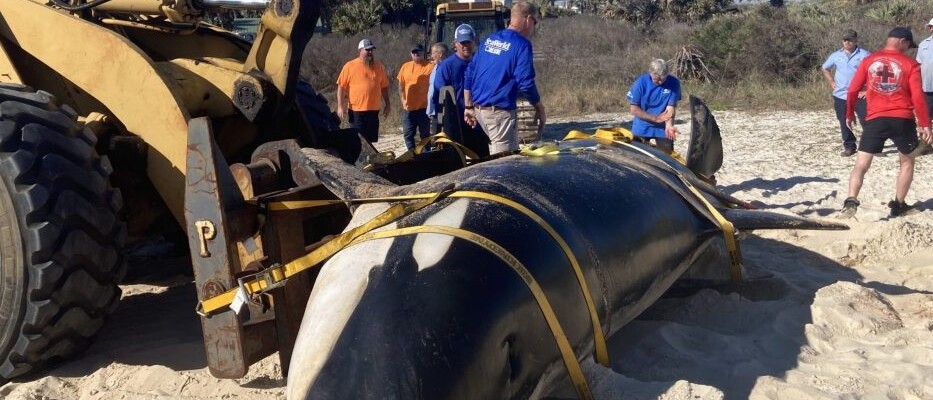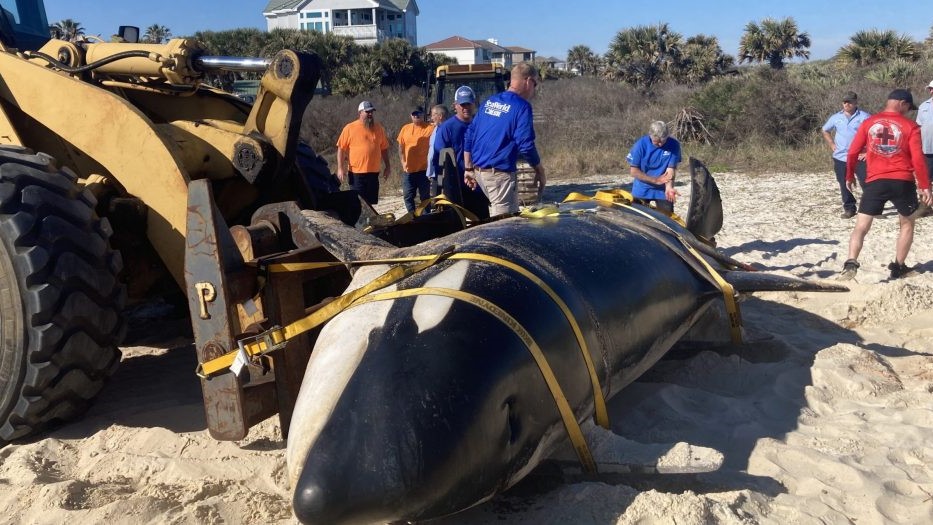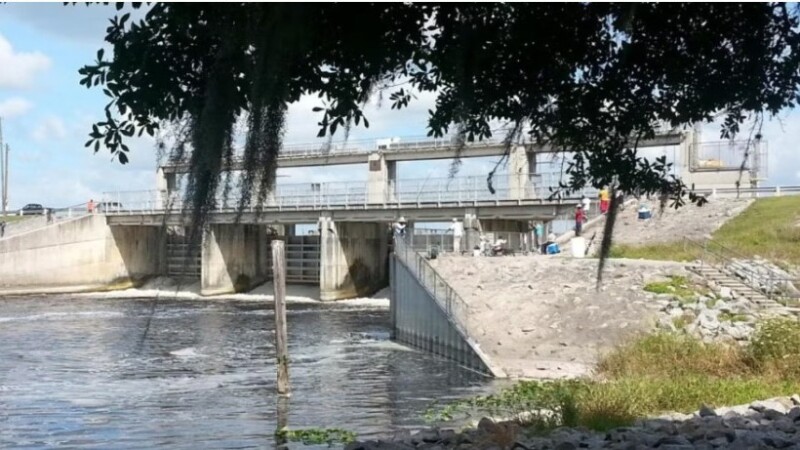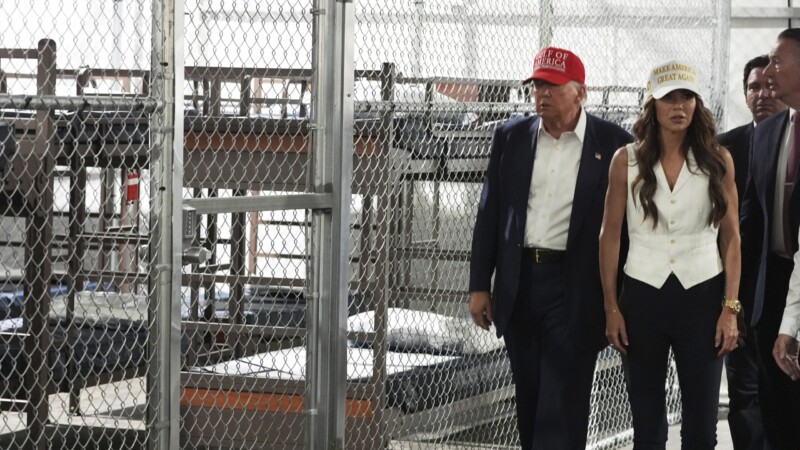The last place you would expect to find a killer whale is the University of Florida.
Nonetheless, one was laid to rest at a secret location on the campus in Gainesville.
The killer whale was found on Jan. 11 in Palm Coast. Upon discovery, several agencies responded, including Hubbs SeaWorld Research Institute, SeaWorld Orlando, the National Oceanic and Atmospheric Administration and Florida Fish and Wildlife Conservation Commission.
Killer whales, or orca whales, are not commonly found off the coast of the Southeast United States. The last recorded strandings in the region were in Okaloosa County, Florida in 1956 and Summerland Key, Florida in 1948, Erin Fougeres said. Fougeres, who has a doctorate in marine biology, is the marine mammal stranding program administrator for NOAA fisheries in the Southeast region.
We do know they’re out there, we just don’t get them stranded very often, so it’s a surprise and a very interesting animal to recover,” she said.
It appeared to be alive when it first stranded but died before crews could get there, Fougeres said.
The crews transported the killer whale to a lab at SeaWorld where they performed a necropsy, or animal autopsy. They confirmed that it was an older female and there was some evidence of illness. Tissue samples have been sent out for testing to determine what specific illness and if it caused the death of the whale.
On Jan. 12, after the necropsy, it was transported to a secret research facility at the University of Florida, Jason Byrd said. At this facility, scientists study the decomposition of the creature and its effect on the environment.

Byrd, a professor at the William R. Maples Center for Forensic Medicine at the University of Florida’s College of Medicine, sees this as a rare opportunity to collaborate with NOAA.
“It’s research that really can’t be simulated,” he said.
Their studies also help the legal system. Scientists can investigate postmortem artifacts, possible evidence of puncture or gunshot wounds to determine whether the death was natural or caused by humans.
The last killer whale to be stranded in the Southeast in 1956 was too decomposed for scientists to determine its cause of death based on tissue samples. However, a neat round hole was found in the skull, suggesting it may have been shot, according to an article published by the Florida Academy of Sciences Inc.
The skull from this 1956 stranding lives at the University of Florida. It is stored in Research and Collections at the Florida Museum of Natural History.
The Florida Museum has a mammal collection that contains thousands of specimens, ranging from preserved bats to the spine of a whale. Verity Mathis manages the mammal collection.
These “libraries of life” help researchers look into the past so that they can understand the changes of animals and ecosystems, she said.
“It’s a snapshot of biodiversity at a space and time,” Mathis said.
However, the skeleton of the killer whale found at Palm Coast will not remain in Gainesville. Instead, after the tissue decomposes, the Smithsonian National Museum of Natural History will add the skeleton to their collection in Washington D.C.
The Smithsonian hopes to have the specimen in its collection by late summer, said Michael McGowen, a research zoologist and curator of marine mammals at the Smithsonian National Museum of Natural History.
Research collections like the ones at the Florida Museum and the Smithsonian are vital to many different research projects.
“Many times, we don’t know why or what it’s going to be used for, why it’s going to be valuable, until someone comes to use it,” McGowen said.
The purpose of this killer whale transcended its death. Even after it died, it traveled nearly a hundred miles, and it will travel hundreds more. Whether the body is studied for forensic research in Gainesville or displayed in a museum in Washington D.C., it will continue to impact the way we understand the world.
9(MDEwNzczMDA2MDEzNTg3ODA1MTAzZjYxNg004))






